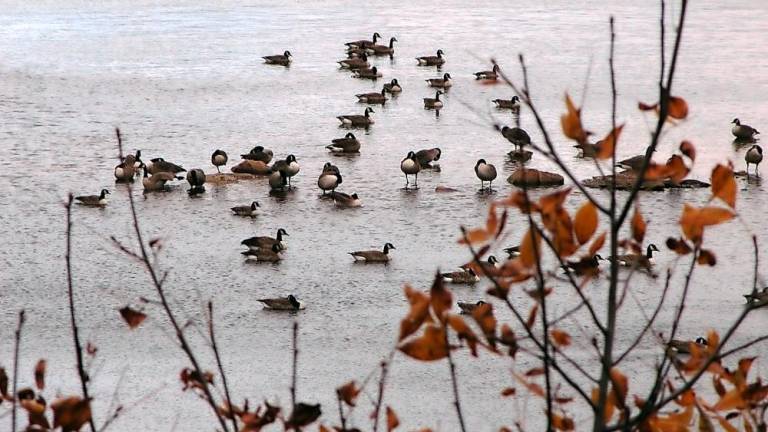State allows testing as first step toward Lake Rutherford-Colesville Reservoir water line
Sussex. The borough can monitor turbidity as the water flows in and out of the reservoir during rainfalls, to see if a hybrid of the original water line proposal is possible.

The New Jersey Department of Environmental Protection gave Sussex Borough the go-ahead to develop protocols for testing water turbidity at Colesville Reservoir.
According to the U.S. Geological Survey, turbidity measures water clarity, with high concentrations of particulate matter affecting a water body’s ecology and recreational potential. Sussex Borough Engineer Fred Margron told the council on Feb. 1 that the borough can monitor water quality as it flows in and out of the reservoir during rainfall to see if a hybrid of the original water line proposal – which would connect Lake Rutherford to the Colesville Reservoir – could be put into place. It would save the borough a considerable amount of money, he said.
Margron said the borough could do six rounds of testing after rainfalls of more than one inch during a 24-hour period. None of the dozen rainfalls since have reached that threshold, he said.
The sampling gear has been shut down for winter. Testing could start again in late March or early April.
“The results that we have had so far look very promising,” Margron said. “Any turbidity spikes that we’ve received have been very short-lived, which would work very well with the bypass scheme that we’ve proposed to the state.”
Borough administrator Toni Smith said the borough’s grants won’t be affected since she just extended the water line grant through Dec. 31. The new grant from the USDA is “fairly new,” she said.
“The results that we have had so far look very promising. Any turbidity spikes that we’ve received have been very short lived, which would work very well with the bypass scheme that we’ve proposed to the state.” Sussex Borough Engineer Fred Margron



